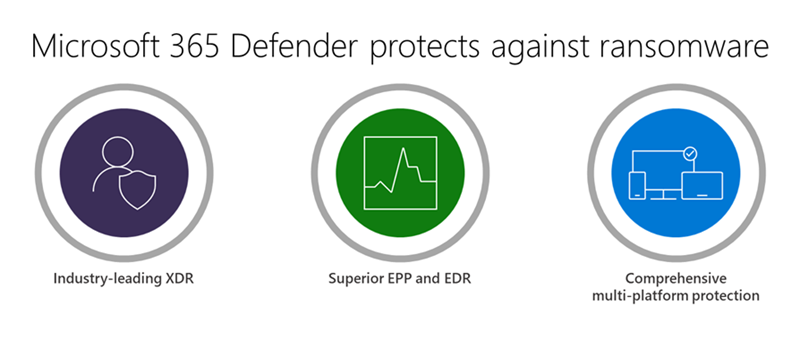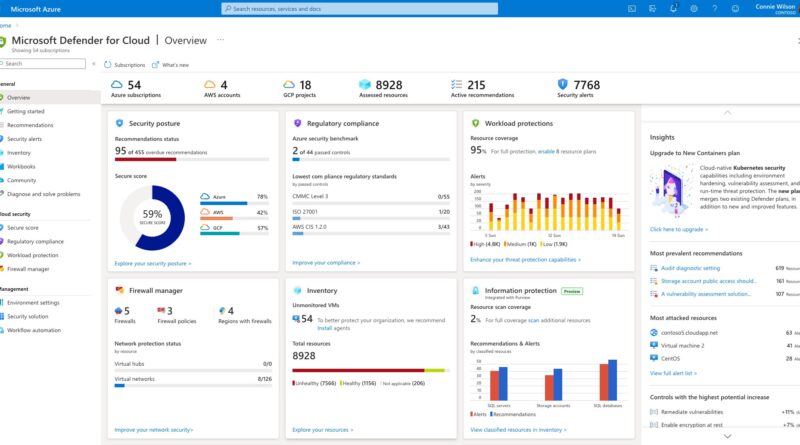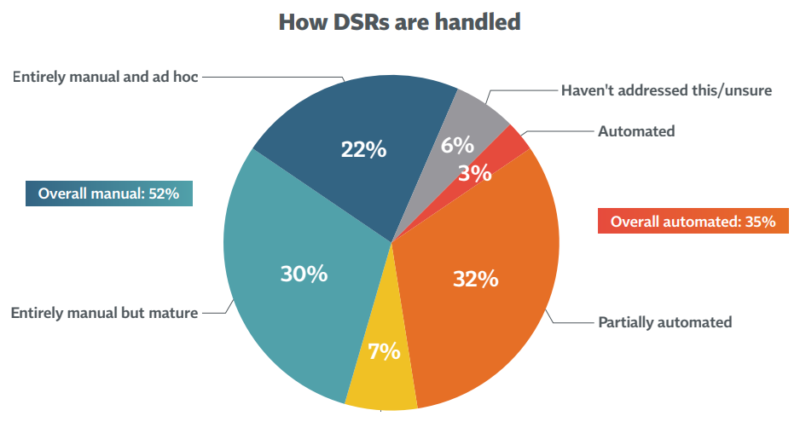IBM is launching a new service to help customers manage their data encryption keys in a hybrid cloud environment. Unified Key Orchestrator lets customers integrate all security key-management systems into one managed service that’s backed by Big Blue’s Hardware Security Module. HSM is IBM’s system that protects against physical or logical attacks and has special hardware to perform cryptographic operations and protect keys.Gartner: IT skills shortage hobbles cloud, edge, automation growth
Available from IBM Cloud, Unified Key Orchestrator lets customers maintain visibility and control over who has access to their critical data, while running workloads across hybrid or multicloud cloud environments. In addition, with a single, secure, cloud-based view of an organization’s crypto keys, enterprises can create and revoke keys for their data across multiple clouds. At the same time, companies no longer need to rely on security experts with specialized knowledge of each individual cloud to handle security operations, according to IBM.To read this article in full, please click here READ MORE HERE…
Read More










